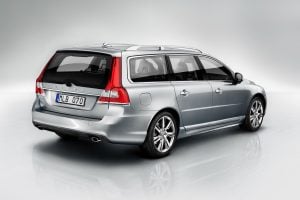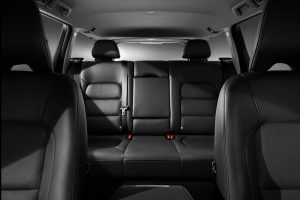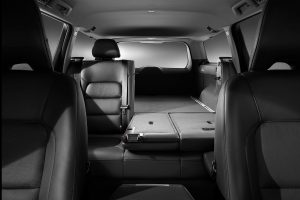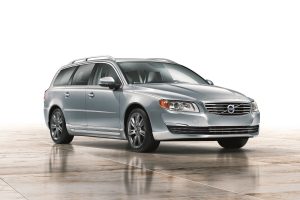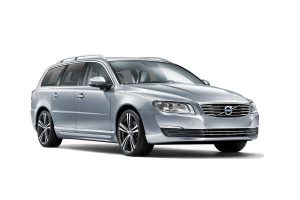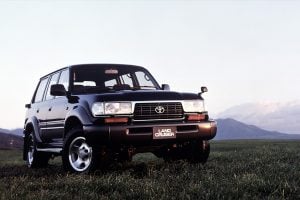If you’re looking for an affordable estate that isn’t quite as bulky as Volvo’s latest V90, you might want to go for the shorter V70. However, these days you’ll only find it as a used car. And yet reports from technical inspections show these cars are often still well worth investing in, even after collecting lots of mileage. What’s worth paying attention to when buying?
The Volvo V70 is interesting for families as well as for those who need to pack lots of luggage in the car, as it has plenty of space without being overly bulky.
Here we’re looking at the third and last generation of the model. This one sometimes performs more poorly in long-term inspections, but this is also due to the car’s typically high mileage from family owners, leading to more wear and tear.
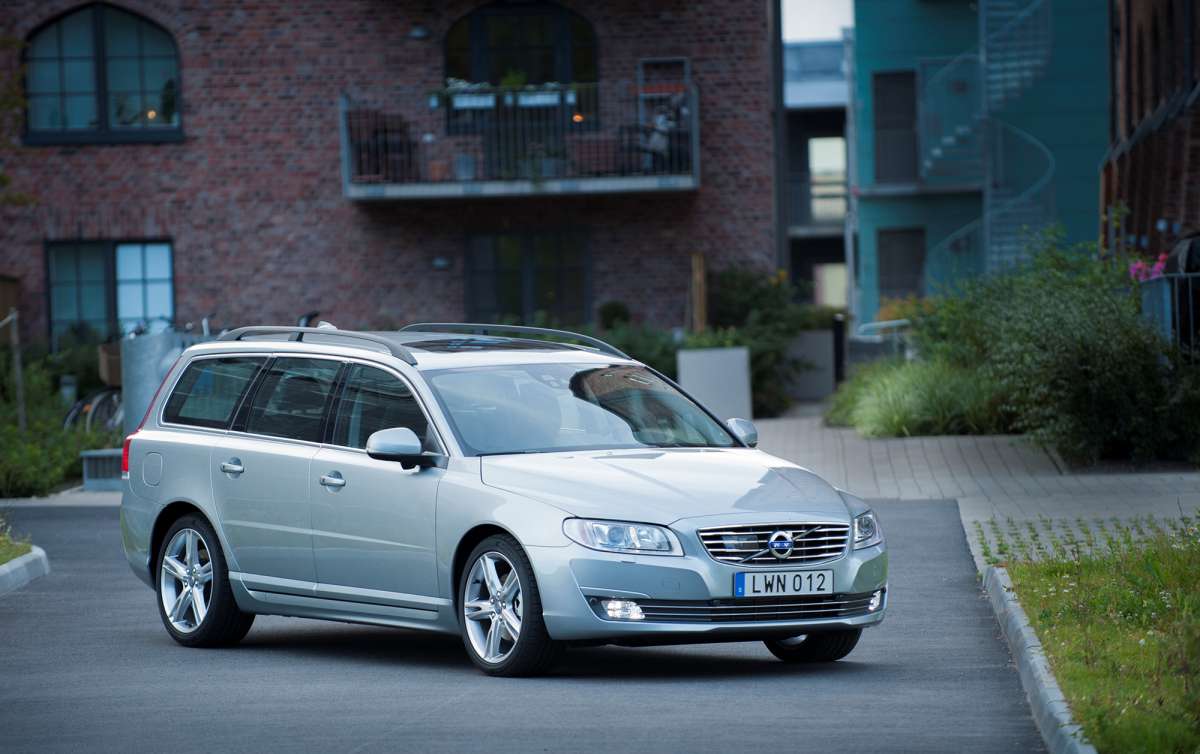
Seen in this light, the V70 actually has held up quite well during inspections.
But first a little model history: The V70 was available in three generations, from its model launch in 1996 up to the Type B, which was produced from 2007 to 2016.
The third generation then received facelifts in 2011 and 2013, which gave the model a renewed dashboard and a wider range of assistance systems, among other things, in addition to some exterior touch-ups.
In terms of body, the V70 is has remained a through-and-through estate with five doors. Only the first generation was also available as a notchback saloon (S60), as well as the higher version XC.
The dimensions (LxWxH) 4.82 m x 1.86 m to 1.55 m, while boot capacity stands at an ample 455 litres, expandable to 1,625 litres.
Due to its interior space, the V70 is a great car for road trips, and it can even handle caravans relatively well, thanks to its towing capacity of up to two tonnes.
According to German inspection agency Tuev, the Swedish estate is “more often without any defects than the majority of the vehicles tested.”
Its brake hoses and lines are solid, as is the function of the service and parking brakes. Rust on the chassis? Mostly absent.
However there are a few areas where this car shows some weaknesses over time. For example, the wheel suspension has defect rates that increase significantly in later inspections, while the Tuev testers say the steering system received a lot of criticism over the years.
Plastic headlights tend to yellow, while engines and gearboxes lose oil – which will make any exhaust emission test a hurdle at an advanced age.
The ADAC, Europe’s largest car club, says you’ll need to be picky if you’re nervous about breakdowns with the V70. “Only the two most recent years deliver good results.”
The main causes of breakdowns are drive belts in cars first registered in 2011 and fuel pumps (2008 to 2011).
●Engines
Petrol: four- and five-cylinder, front- and all-wheel drive; 107 kW/145 hp to 224 kW/305 hp
Diesel: four- and five-cylinder, front- and all-wheel drive; 80 kW/109 hp to 158 kW/215 hp
FlexiFuel E85 for ethanol-petrol mixture: 107 kW/145 hp to 170 kW/231 hp.


